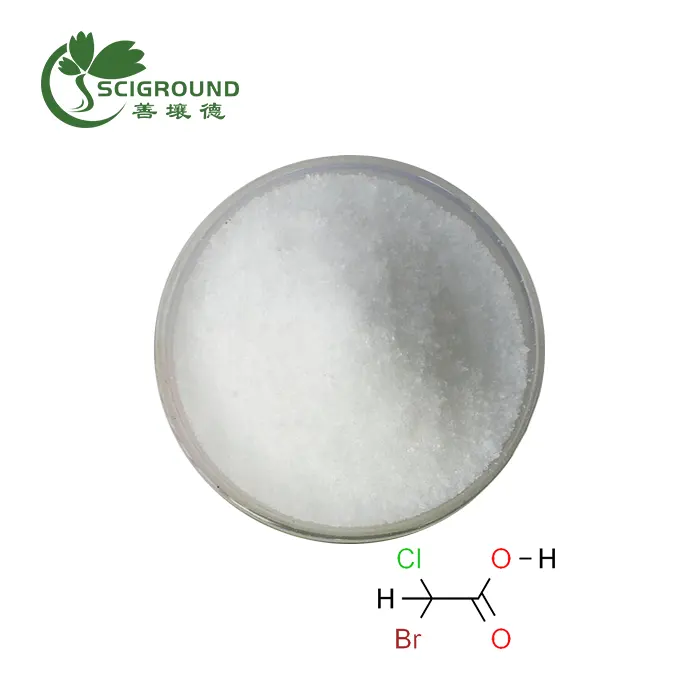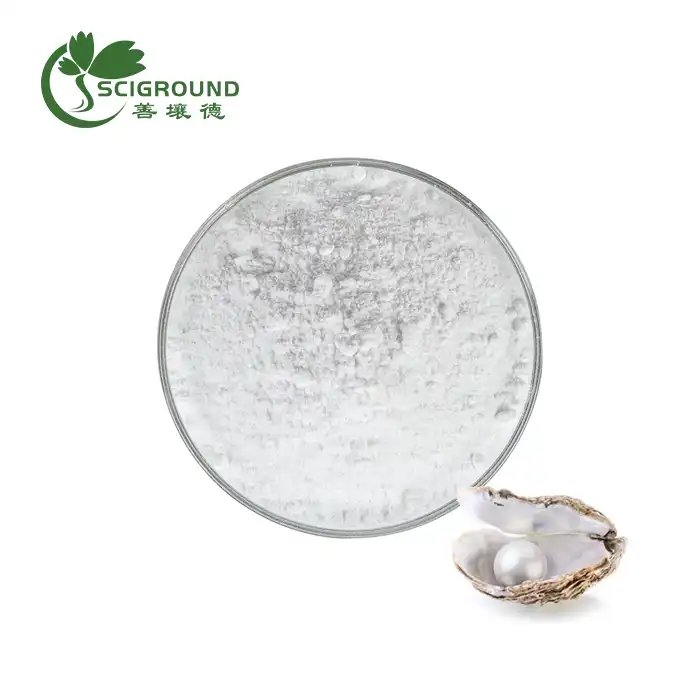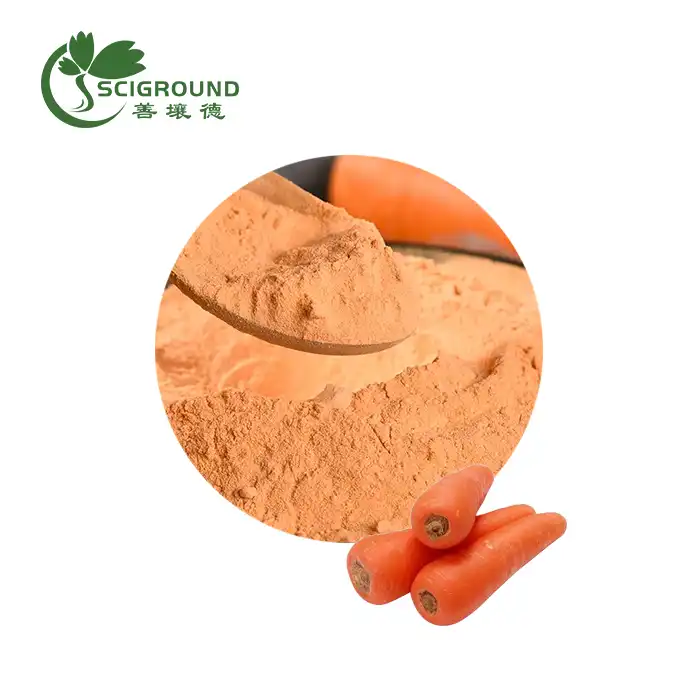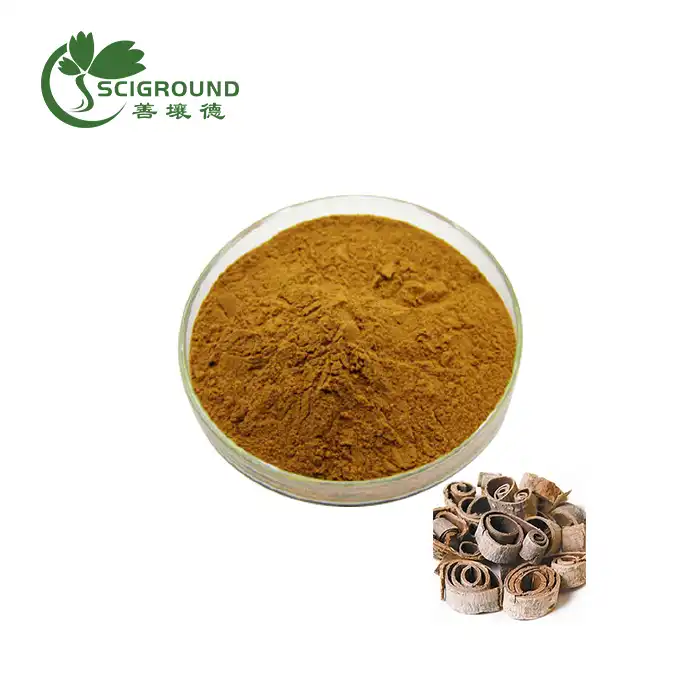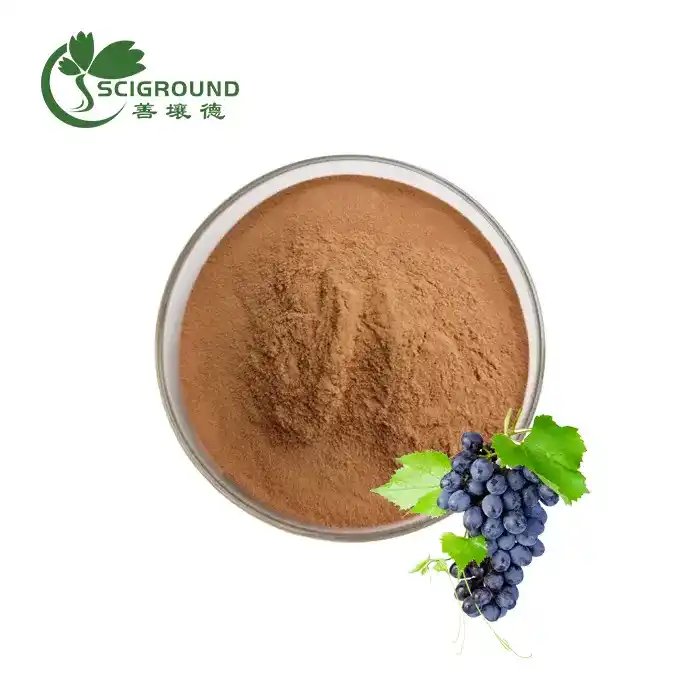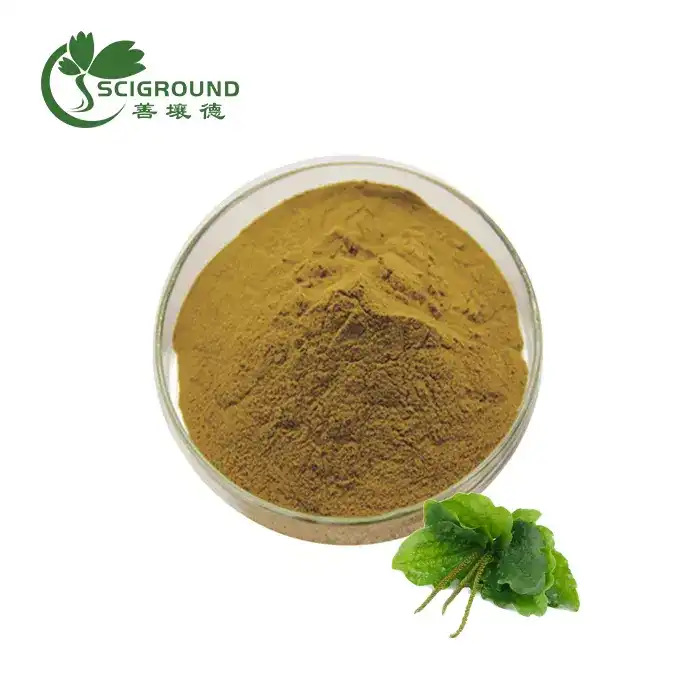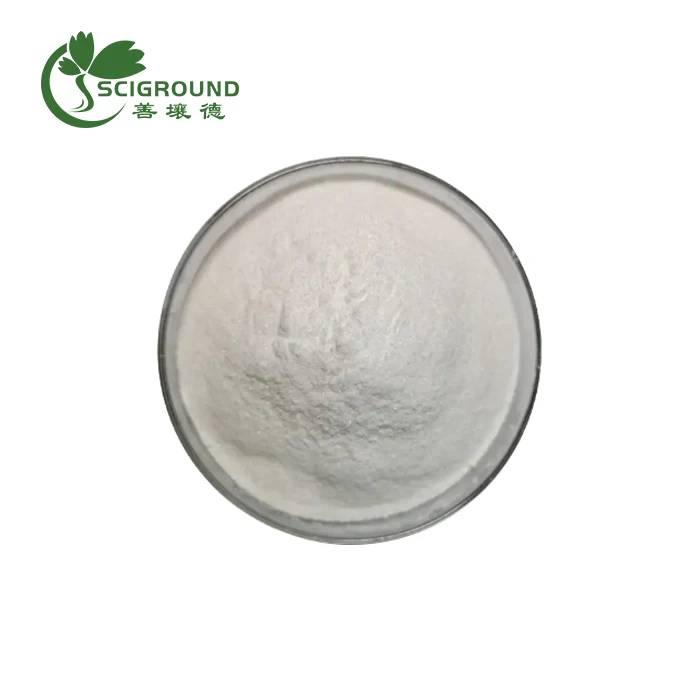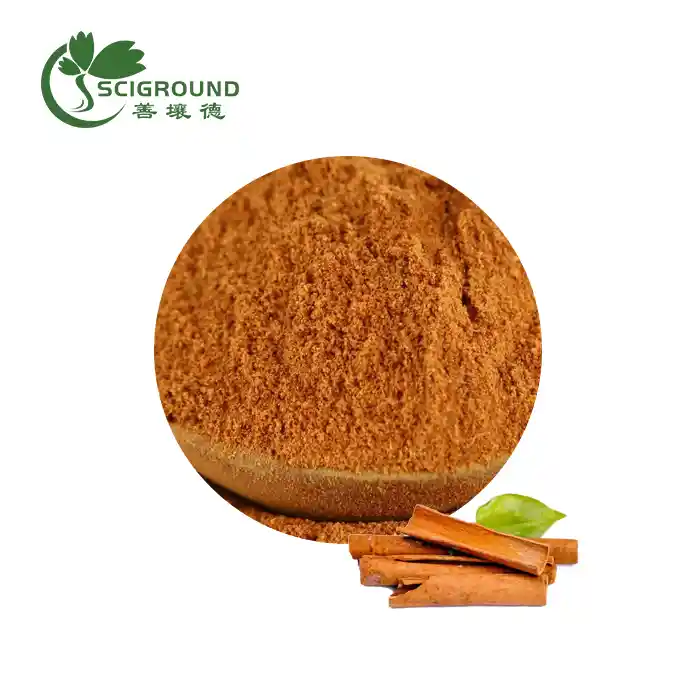What is Achillea millefolium used for?
Achillea millefolium, commonly known as yarrow, is a versatile herb with a rich history of medicinal and practical applications. This perennial flowering plant, native to temperate regions of the Northern Hemisphere, has been utilized for centuries in traditional medicine systems across various cultures. In this comprehensive guide, we'll explore the diverse uses of Achillea millefolium and delve into its potential benefits for health and wellness.
What is Achyranthes aspera used for?
While our main focus is on Achillea millefolium, it's worth noting that Achyranthes aspera is another herb with significant medicinal properties. This plant, also known as chaff-flower or devil's horsewhip, is widely used in Ayurvedic medicine for various purposes:
- Digestive health: Achyranthes aspera is believed to improve digestion and alleviate gastrointestinal issues such as constipation and indigestion.
- Anti-inflammatory properties: The herb is used to reduce inflammation and manage conditions like arthritis and gout.
- Respiratory support: It may help in treating respiratory ailments, including asthma and bronchitis.
- Wound healing: The plant's extracts are applied topically to promote wound healing and treat skin infections.
- Diuretic effects: Achyranthes aspera is known for its diuretic properties, which may aid in flushing out toxins from the body.
Now, let's return our attention to Achillea millefolium and explore its numerous applications.
Medicinal Uses of Achillea millefolium
Achillea millefolium boasts a wide array of medicinal uses, many of which have been supported by modern scientific research:
- Wound healing: The plant's name is derived from the Greek hero Achilles, who reportedly used yarrow to treat his soldiers' wounds. Its astringent and antimicrobial properties make it effective for minor cuts, scrapes, and burns.
- Digestive aid: Yarrow tea is often consumed to soothe digestive discomfort, reduce bloating, and alleviate stomach cramps.
- Anti-inflammatory: The herb's anti-inflammatory compounds may help reduce swelling and pain associated with various conditions.
- Circulatory support: Achillea millefolium is believed to improve blood circulation and may be beneficial for cardiovascular health.
- Fever reducer: Traditionally, yarrow has been used to induce sweating and help break fevers.
- Menstrual relief: Some women use yarrow to ease menstrual cramps and regulate menstrual flow.
Culinary and Cosmetic Applications
Beyond its medicinal uses, Achillea millefolium has found its way into kitchens and cosmetic products:
- Culinary herb: Young yarrow leaves can be used in salads or as a flavoring agent in various dishes, imparting a slightly bitter, peppery taste.
- Natural dye: The plant's flowers and leaves can be used to create yellow or green dyes for fabrics and cosmetics.
- Skincare: Yarrow extract is incorporated into skincare products for its astringent and soothing properties, making it useful for acne-prone or sensitive skin.
- Aromatherapy: Essential oil derived from Achillea millefolium is used in aromatherapy for its calming and balancing effects.
What are the phytochemicals in Achyranthes aspera?
While we're primarily discussing Achillea millefolium, understanding the phytochemical composition of Achyranthes aspera can provide valuable insights into its medicinal properties. Achyranthes aspera contains a diverse array of bioactive compounds, including:
- Alkaloids: These nitrogen-containing compounds contribute to the plant's pharmacological effects.
- Saponins: Known for their foaming properties, saponins in Achyranthes aspera may have anti-inflammatory and antimicrobial activities.
- Flavonoids: These antioxidant compounds play a role in the plant's anti-inflammatory and cardioprotective properties.
- Tannins: Astringent compounds that may contribute to the herb's wound-healing capabilities.
- Steroids: Plant steroids in Achyranthes aspera may have various physiological effects on the human body.
Now, let's examine the phytochemical profile of Achillea millefolium:
Phytochemicals in Achillea millefolium
Achillea millefolium contains a rich assortment of bioactive compounds that contribute to its medicinal properties:
- Flavonoids: These potent antioxidants, including apigenin and luteolin, contribute to yarrow's anti-inflammatory and antioxidant effects.
- Sesquiterpene lactones: Compounds like achillicin and achillin are responsible for some of yarrow's bitter taste and medicinal properties.
- Essential oils: Constituents such as chamazulene and eucalyptol contribute to the plant's aromatic and therapeutic qualities.
- Alkaloids: These nitrogen-containing compounds may play a role in yarrow's analgesic and anti-inflammatory effects.
- Tannins: Astringent compounds that contribute to yarrow's wound-healing and anti-diarrheal properties.
- Coumarins: These compounds may have blood-thinning and anti-inflammatory effects.
The synergistic action of these phytochemicals is believed to be responsible for the diverse medicinal properties of Achillea millefolium.
What is acipimox used for?
While not directly related to Achillea millefolium, acipimox is a pharmaceutical compound worth discussing due to its medical applications. Acipimox is a lipid-lowering drug primarily used to treat dyslipidemia, a condition characterized by abnormal levels of lipids in the blood.
Primary Uses of Acipimox
- Lowering triglycerides: Acipimox is particularly effective in reducing elevated triglyceride levels in the bloodstream.
- Improving cholesterol profile: The drug may help increase HDL (good) cholesterol levels while decreasing LDL (bad) cholesterol.
- Managing metabolic disorders: Acipimox has been studied for its potential benefits in treating metabolic syndrome and type 2 diabetes.
- Cardiovascular health: By improving lipid profiles, acipimox may contribute to reducing the risk of cardiovascular diseases.
Mechanism of Action
Acipimox works by inhibiting lipolysis, the breakdown of fat tissue. This mechanism leads to:
- Reduced free fatty acid release into the bloodstream
- Decreased production of triglycerides in the liver
- Improved insulin sensitivity in some patients
While acipimox can be an effective treatment for certain lipid disorders, it's important to note that it is a prescription medication and should only be used under the guidance of a healthcare professional.
Comparing Natural and Pharmaceutical Approaches
The discussion of acipimox provides an interesting contrast to the natural remedies offered by herbs like Achillea millefolium. While pharmaceutical drugs like acipimox can provide targeted and potent effects, herbal remedies often offer a gentler, more holistic approach to health management. It's crucial to recognize that both natural and synthetic treatments have their place in modern healthcare, and the choice between them should be made in consultation with a healthcare provider.
Potential Synergies
Interestingly, some research has explored the potential synergies between pharmaceutical drugs and herbal remedies. While no specific studies have examined the combination of Achillea millefolium and acipimox, the concept of integrating traditional herbal knowledge with modern medicine is an exciting area of ongoing research.
Safety Considerations
Whether using natural remedies like Achillea millefolium or pharmaceutical drugs like acipimox, it's crucial to prioritize safety:
- Consult a healthcare provider before starting any new treatment regimen
- Be aware of potential drug interactions, especially when combining herbs and pharmaceuticals
- Follow recommended dosages and usage guidelines
- Monitor for any adverse reactions or side effects
In conclusion, Achillea millefolium stands out as a versatile herb with a wide range of potential health benefits. From its traditional use in wound healing to its modern applications in skincare and herbal medicine, yarrow continues to captivate herbalists, researchers, and health enthusiasts alike. As we continue to explore the intricate world of phytochemicals and their effects on human health, Achillea millefolium remains a fascinating subject of study and a valuable addition to the natural health toolkit.
For those interested in exploring the potential benefits of Achillea millefolium extract or other plant-based ingredients, Shaanxi SCIGROUND offers high-quality, professionally manufactured extracts. To learn more about our products or to discuss how we can meet your specific needs, please reach out to us at info@scigroundbio.com. Our team of experts is ready to assist you in harnessing the power of nature for your health and wellness goals.
References
- Applequist, W. L., & Moerman, D. E. (2011). Yarrow (Achillea millefolium L.): A Neglected Panacea? A Review of Ethnobotany, Bioactivity, and Biomedical Research. Economic Botany, 65(2), 209-225.
- Benedek, B., & Kopp, B. (2007). Achillea millefolium L. s.l. revisited: Recent findings confirm the traditional use. Wiener Medizinische Wochenschrift, 157(13-14), 312-314.
- Cavalcanti, A. M., Baggio, C. H., Freitas, C. S., Rieck, L., de Sousa, R. S., Da Silva-Santos, J. E., ... & Marques, M. C. (2006). Safety and antiulcer efficacy studies of Achillea millefolium L. after chronic treatment in Wistar rats. Journal of Ethnopharmacology, 107(2), 277-284.
- Nemeth, E., & Bernath, J. (2008). Biological activities of yarrow species (Achillea spp.). Current Pharmaceutical Design, 14(29), 3151-3167.
- Saeidnia, S., Gohari, A. R., Mokhber-Dezfuli, N., & Kiuchi, F. (2011). A review on phytochemistry and medicinal properties of the genus Achillea. Daru: Journal of Faculty of Pharmacy, Tehran University of Medical Sciences, 19(3), 173-186.
- Tadić, V. M., Dobrić, S., Marković, G. M., Đorđević, S. M., Arsić, I. A., Menković, N. R., & Stević, T. (2008). Anti-inflammatory, gastroprotective, free-radical-scavenging, and antimicrobial activities of hawthorn berries ethanol extract. Journal of Agricultural and Food Chemistry, 56(17), 7700-7709.
Related Industry Knowledge
- What are the active ingredients in Euphorbia?
- What are the benefits of African mango seed powder?
- Is agar agar powder the same as jelly powder?
- Does glutamic acid heal gut?
- Inulin Weight Loss
- What is Pumpkin Seed Protein Powder
- Persimmon Benefits
- Is inulin soluble or insoluble fiber?
- What does pea protein taste like
- A Scientific Exploration of L-Arginine HCL Powder’s Benefits and Applications
